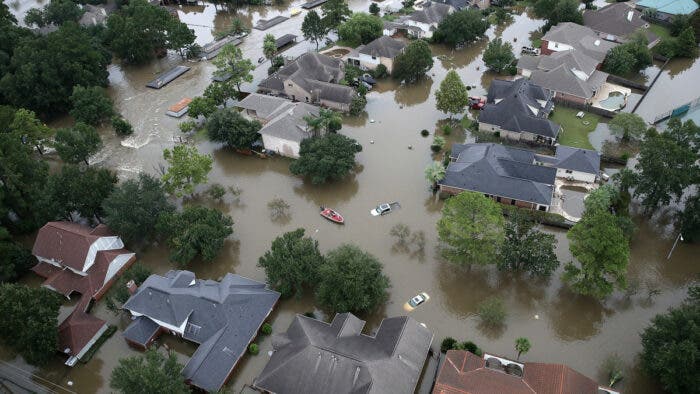Natural disasters with dire effects are quite regular in some regions around the world. These disasters could be flood issues, wildfires, earthquakes etc. Nature has its own temper. Natural disaster disrupts communication. On-site communication needs to be active as soon as possible after the disaster. At this time, emergency communication plays a vital role in the rescue. After a major earthquake, there are some vital losses.
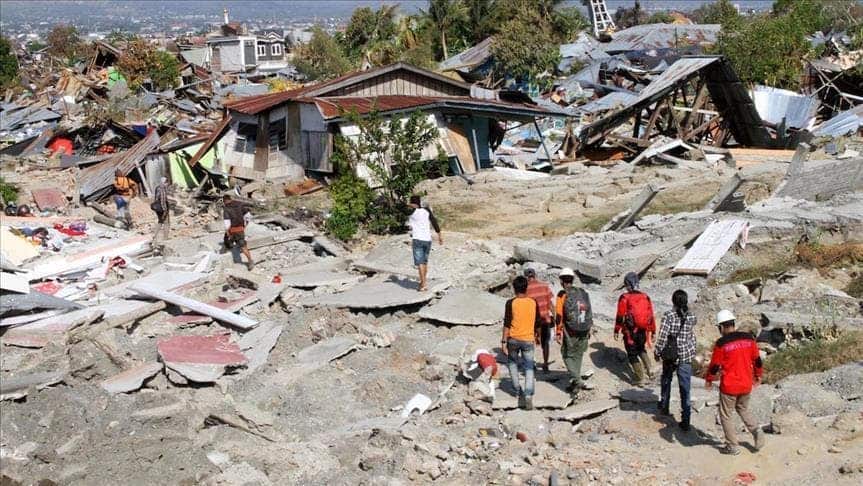
Power supply, transport and communication are the first to go. Some questions that those in charge often ask are
- How to quickly open an emergency communication network
- How to ensure that the rescue team obtains the disaster situation as soon as possible
- How to quickly restore public communication.
- How to deliver public rescue information in a timely manner
- How to ensure that the emergency equipment is stable and trusted at the same time
How hard is emergency communication?
Once a natural disaster occurs, there is a need for communication. Thus, the communication network must be up as soon as possible. However, doing this often face the following challenges:
- Inability to determine specific location: A natural disaster occurs suddenly. Thus, it is not easy to locate the precise time and place of the event is a huge challenge.
- Communication ability: When there is a disaster, the communication load is in most cases very high. Immediately after the network gets back, the user group is very large. It is difficult to predict how much business capacity can meet the actual demand.
- Complex scenario: Generally, after a natural disaster, the terrain environment becomes complex. This is partly because of the event itself and also partly due to the perplexity of people. The collapse by earthquake, flood or fire incidents could easily cause this.
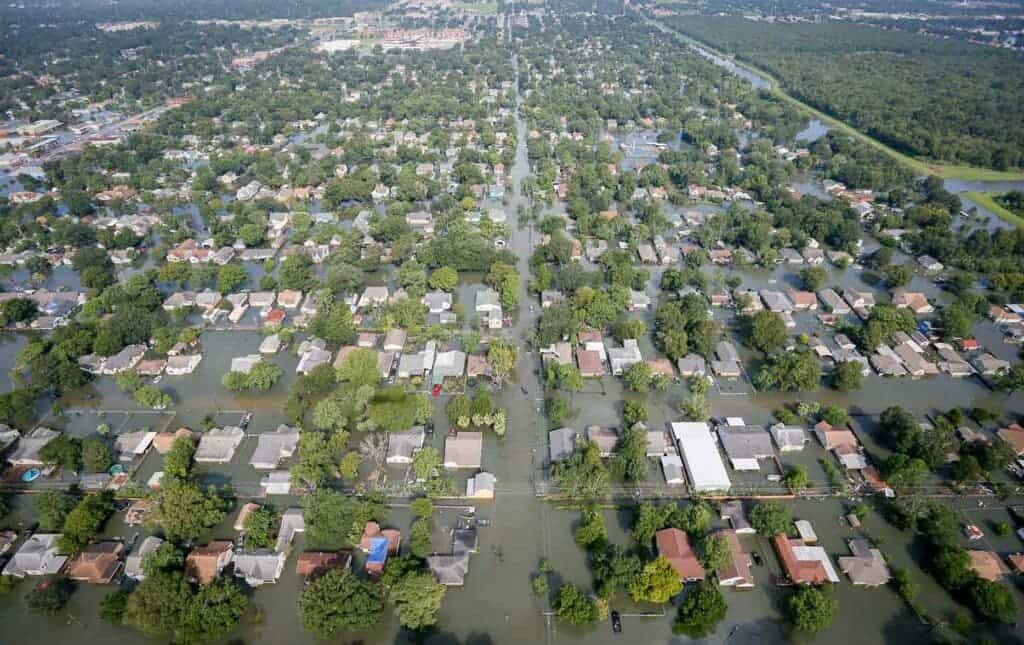
In the face of complex disaster situations, what capacity should emergency communications have?
What are the needs for emergency communications?
Emergency communication is the use of different tools to get smooth communication during emergencies. This is necessary to achieve the purpose of emergency rescue and protection. It is a temporary special communication mechanism. At first glance, it seems that this aspect is easy to solve. Sending emergency communication vehicles, generators and backup batteries can ensure communication. But the actual situation is far from simple
Emergency communications need to meet the following requirements:
-
Multiple backhaul capabilities
During disasters, there is a complex situation in the affected area. Emergency communication equipment needs to have multiple backhaul capabilities. It will support a convenient wireless backhaul as well as a private network or Internet backhaul.
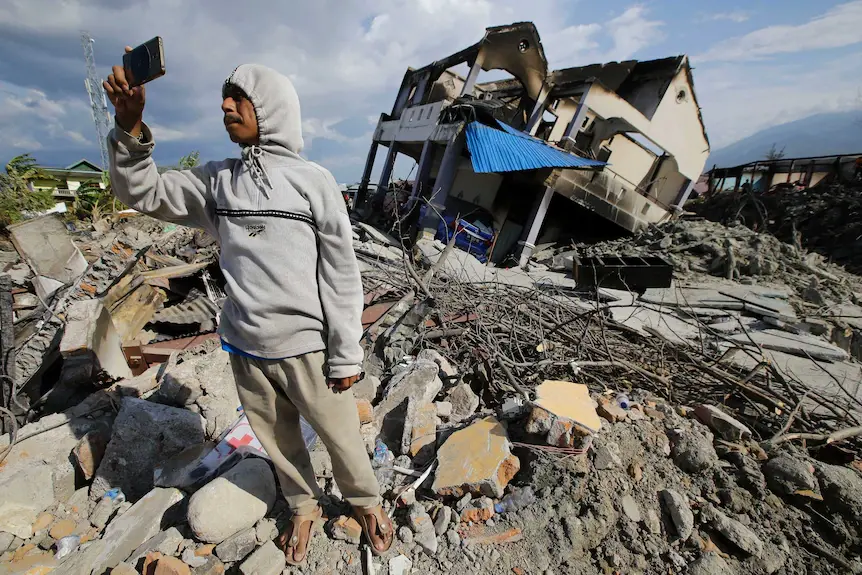
-
Provide public network services
The public network communication in disaster areas is likely to have been cut off. The people and those helping also need to contact relatives and friends far away. Therefore, a certain degree of public network services must also be available
-
Guarantee the quality of communication
Rescuers are in danger and need to look ahead to the situation ahead. Remote control of drones or robots is very important. Communication between those helping is also an effective means of mutual assistance. At this time, the on-site communication rate and real time performance are extremely high. There is a need for strong wireless access. Also, local computing and backhaul capabilities will be needed. When major natural disasters come, it is not enough to just rely on the available emergency communication network. It is necessary to introduce the emergency communication system mode. This improves the guarantee of emergency communication.
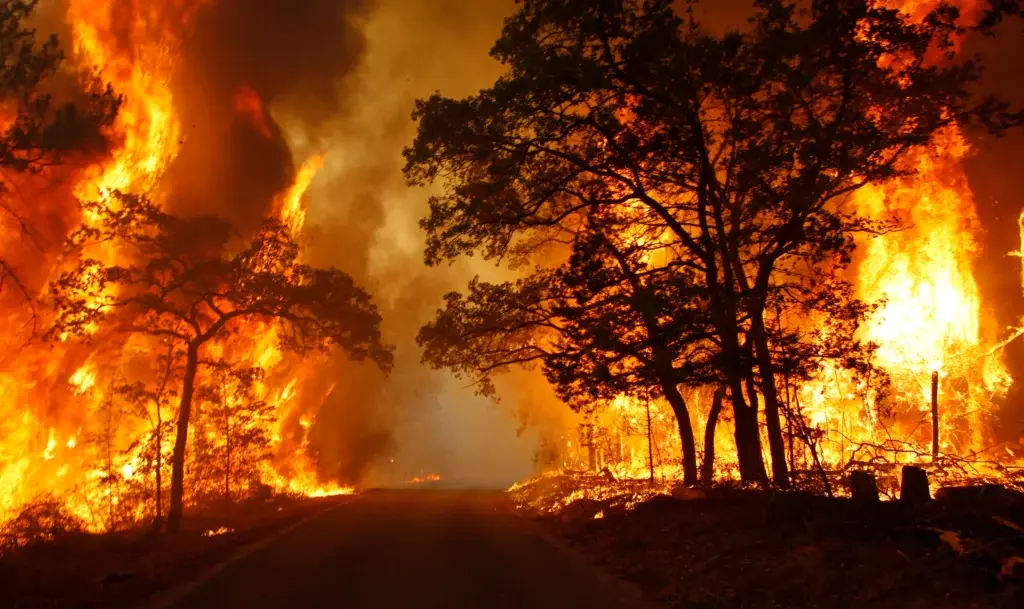
A good emergency communication solution should tackle a complex disaster situation. It needs three situations. The three events the solution needs to address are
- Emergency vehicles can reach important base stations
- Emergency vehicles can not reach important base stations
- Manpower can not access affected zones
Emergency vehicles can reach important base stations
If there is good access, then the nomad base station can reach the disaster site. The nomad base station is major progress in the field of 5G networks. It can provide 5G private network and public network services in a steady, “plug and play” manner.
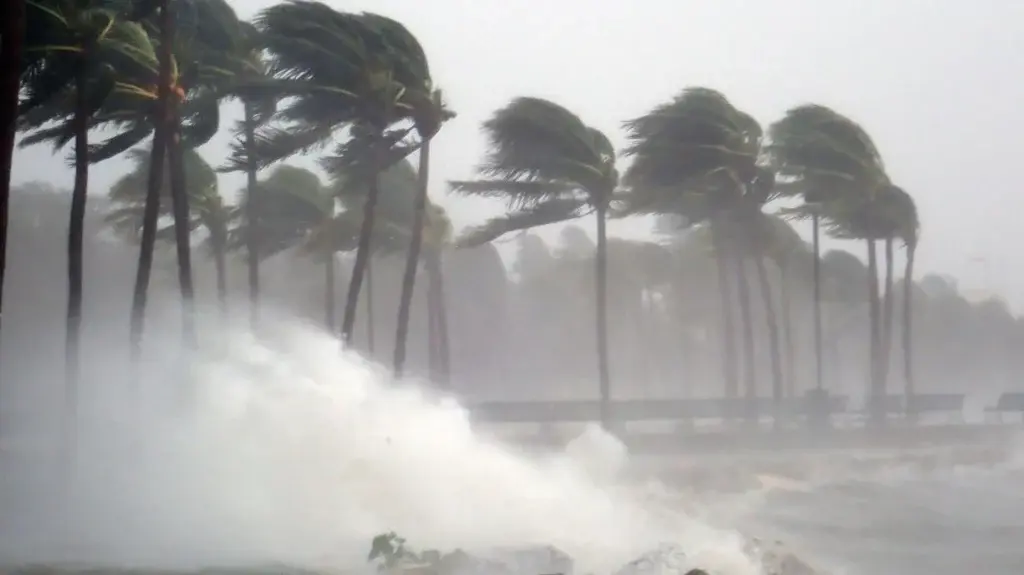
The advantages of nomad base stations are
- Strong mobility: It is easy to transfer and deploy by small trucks. Thus, taking them to a disaster zone that has access wouldn’t be a problem.
- High integration: It uses a couple of equipment to ensure that it keeps working no matter what. It has a 5G base station, power supply, transmission equipment, antenna, movable car body and lift mast. These ensure that it reduces any complex on-site process.
- Easy to open: No need to set up an antenna on site. After arriving at the site, you only need to connect to the power supply line and the optical fiber resources of the nearby base station. The 5G network becomes active in a few minutes. This is very simple for rapid use on-site.
- Flexible network: The mast rises and falls stably. Also, the antenna height adjusts easily to improve the quality of network coverage.
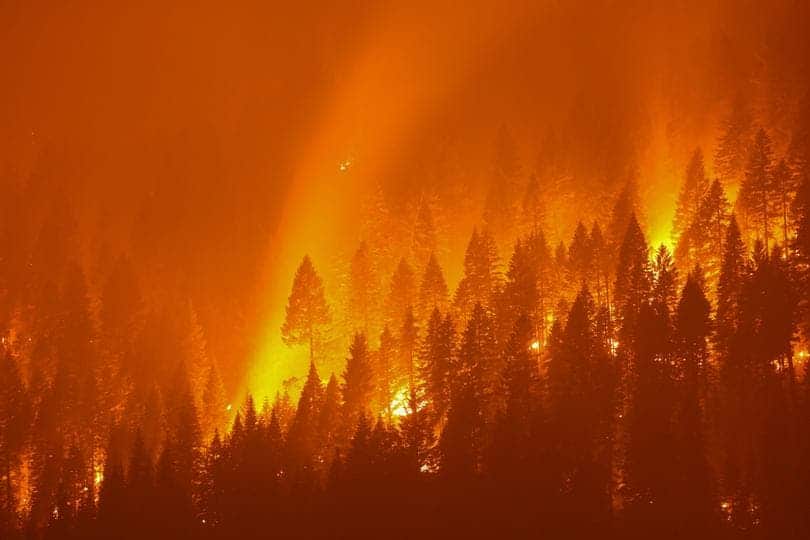
The nomad base station expands to support a variety of backhaul methods. It is small and meets the needs of a sudden communication emergency. It also supports 5G coverage in private or public networks. In addition to emergency communication, this station also works to show its ability.
Emergency vehicles can not reach important base stations
This is a situation where a vehicle can not reach the disaster site but humans can. In this situation, there is a need for the “back pack base station”. This station is put in a water proof back pack, or in a custom suitcase. Humans can then carry them to the site.
The main pros of the back pack base station solution are as follows:
- Extremely compact and easy to transport: The equipment is small in size and light in weight. It is therefore easy to transport, and easy to reach the site.
- Wide range of applications and fast use: It can meet indoor and outdoor use. It can also mount on a variety of sites. Furthermore, it is useful for different on-site environments. It becomes active about 20 minutes after setting it up.
- Flexible networking and excellent performance: It supports satellite and optical fiber backhaul methods. It also provides 4G & 5G concurrent large-capacity 800-user access capabilities. In addition, it can achieve a 3 km coverage from different directions.
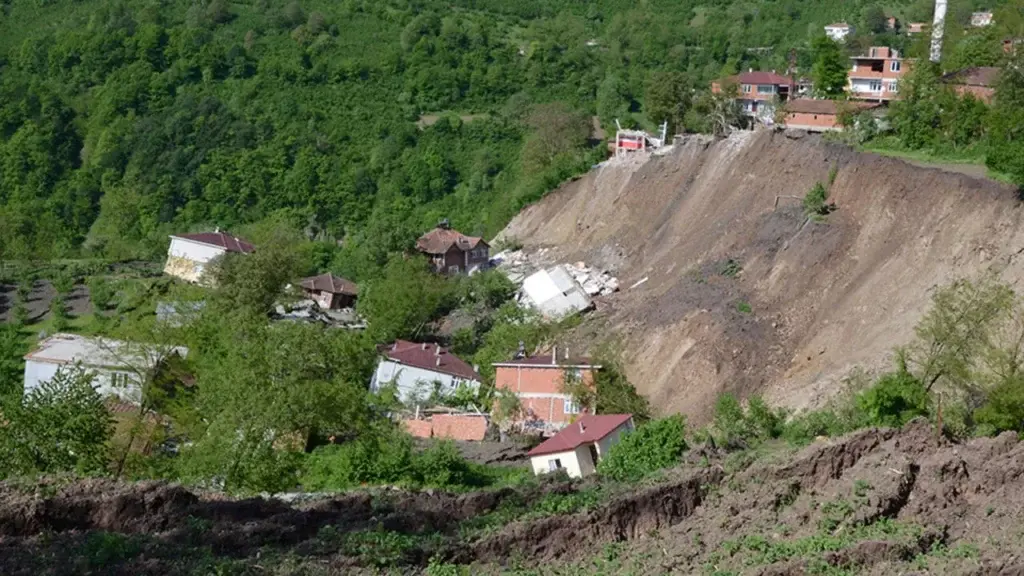
Humans can not access affected zones
Sometimes, it is not possible for humans to reach the disaster site. In this case, there is a need for tethered drones (TDs).
What is a tethered drone (TD)?
The TD combine the drone and the tethered cable. It sends power and signals through the cable. It can also achieve a 24-hour steady hover in the air. The drone is designed to work for a long in the air. In addition, the drone also has a large data transmission bandwidth. Users can access various services through 5G devices or CPE. The TDs can support the use of various emergency communication services.
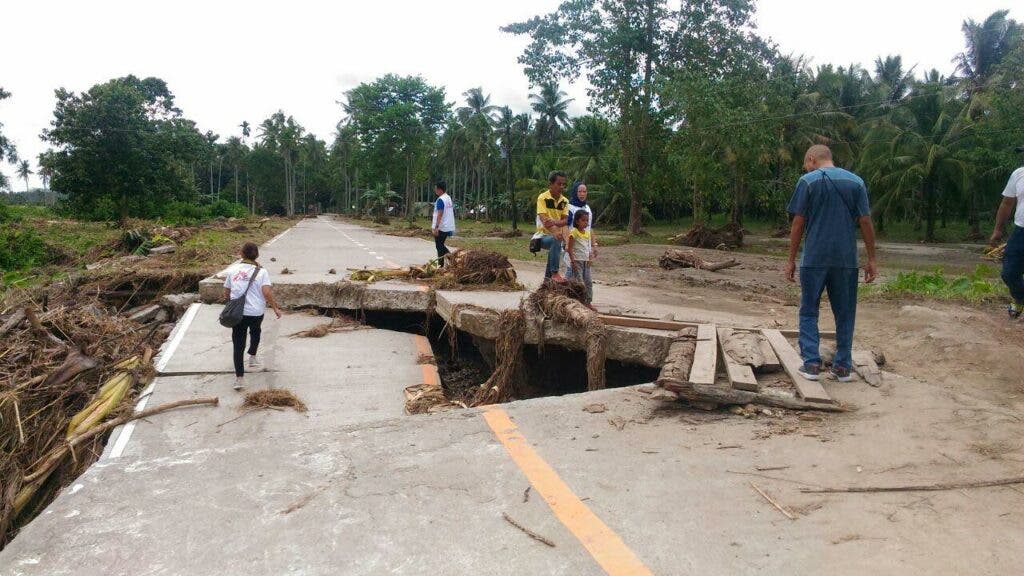
The trinity of nomad base station, back pack base station, and TD is a good way to ensure emergency communication after a major disaster.

